On July 16, 2025, in New York, lot 11 of Sotheby’s "Natural History" auction sparked an unexpected and exceptional bidding war: a juvenile ceratosaurus skeleton, initially estimated between 4 and 6 million dollars, was sold for 30.5 million dollars. This is five times its low estimate.

This dinosaur is now the third most expensive fossil ever sold, behind the famous Stegosaurus "APEX" (world record) sold in 2024 for $44.6 million and "Stan," a T. rex sold in 2020 for $31.8 million.
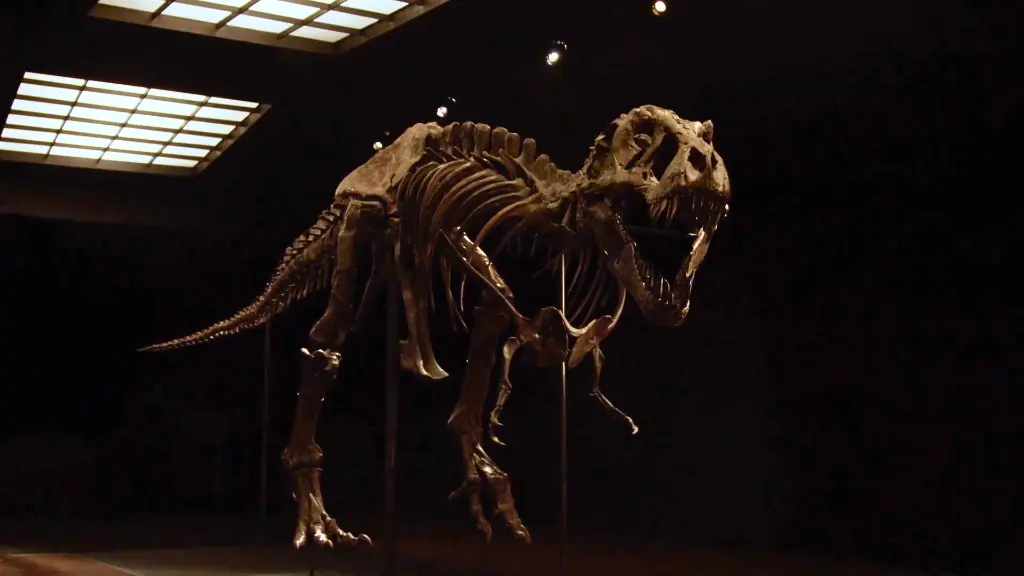
T. rex “Stan” for sale at Christie's
Why is it so rare and expensive?
The Ceratosaurus nasicornis is an iconic carnivorous theropod from the Jurassic period. With its nasal horn and two crests above its eyes, it has inherited the evocative nickname of "unicorn of the dinosaurs."
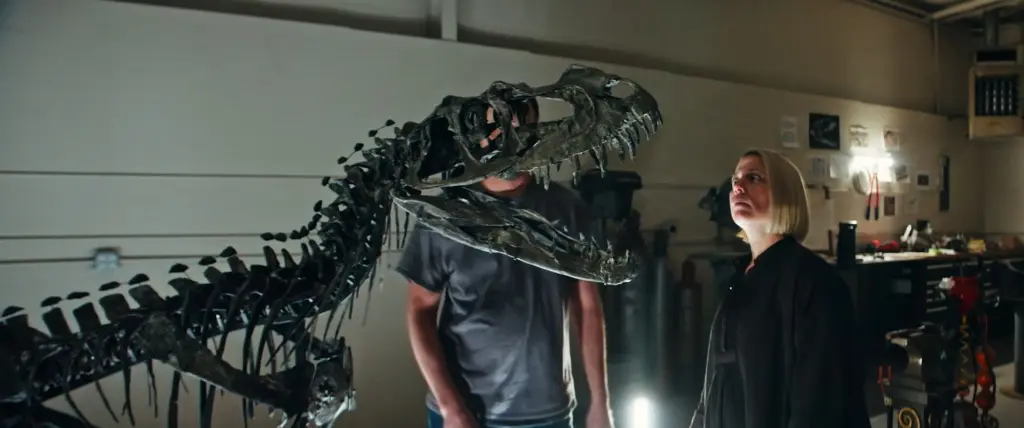
This particular specimen has several characteristics that help explain the excitement surrounding this dinosaur fossil:
- This is the only known juvenile among the four ceratosaur skeletons identified to date.
- It is almost complete, with 139 original fossilized bone elements, including a skull reconstructed at 95% – a rarity.
- It exhibits unique juvenile traits: unfused nasal bones, absence of skull distortion, small-sized horns...
- It has been prepared to be dismountable, allowing scientific access piece by piece.
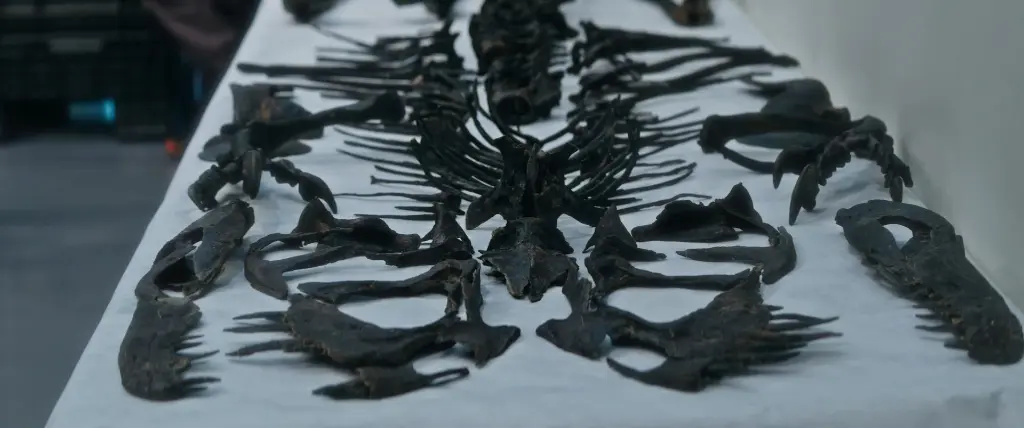
- It is accompanied by comprehensive documentation: photographic evidence, 3D scans, skull X-rays…
- Its state of preservation is exceptional and ideal for museums.
- It has immense scientific value for the study of theropods.
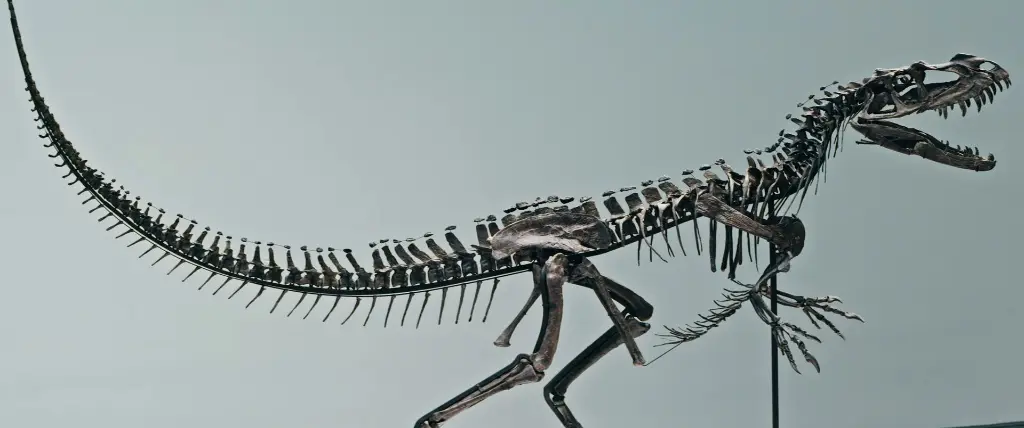
How to invest in a dinosaur fossil?
Long reserved for an elite group of wealthy collectors, the market for investing in dinosaur fossils required specialized expertise, a network of specialists, and considerable resources. Between authentication, legislation (notably regarding the origin of specimens), conservation, assembly, and insurance, entry into this market was historically limited to a few great fortunes and private museums.
But for a few years now, the alternative asset market has been gradually opening up to a broader audience. A key player in this field is Fossil Realm, a Canadian company specializing in the sale of museum-quality fossils.
Present for over 20 years, it offers a rigorous selection of rare pieces, often sourced from legal private excavations in the United States or Canada. It also provides support in conservation, documentation, and sometimes even resale.
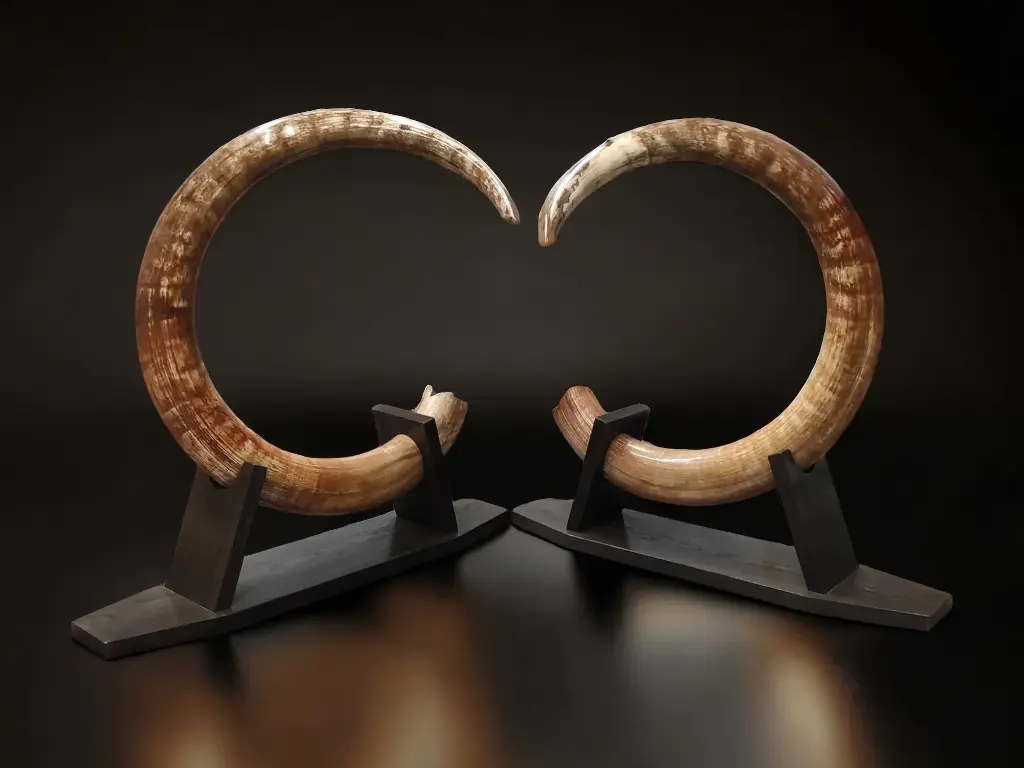
Mammoth tusks from Fossil Realm
More recently, Fossil Realm has formed a partnership with Konvi, a fractional investment platform that allows individuals to become co-owners of exceptional pieces. Specifically, this means that you can today invest in a fossil starting at €250 and hold a share of a tangible, rare asset that is physically preserved under professional conditions.
The Off Market Note
What we see here is the rise of a niche market that is attracting more and more capital and curiosity. The three historical records for fossil sales date back to less than five years ago. In 2020, the T. rex "Stan," estimated between $6 and $8 million, ultimately sold for $31.8 million, more than four times its high estimate. The same dynamic continued in 2024 with APEX ($44.6 million), and then this month with our ceratosaurus at $30.5 million.
This is not just a passing craze. In Asia in particular, the demand for rare fossils is skyrocketing, driven by private buyers in search of prestigious, sustainable, and culturally enriching assets.
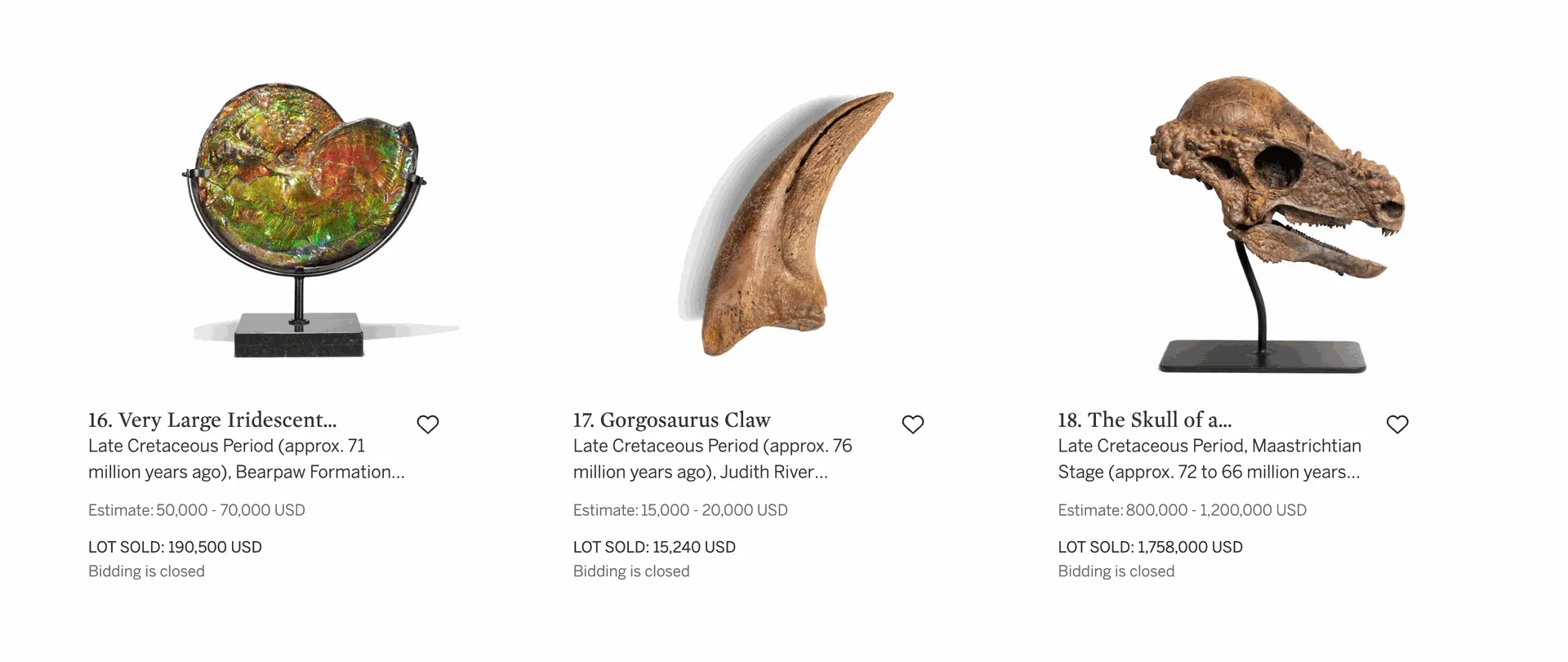
Unlike other speculative trends such as Pokémon cards or luxury bags, the value of a fossil is based on solid fundamentals: its historical value, its scientific importance, and the fascination of the entire world for these extinct creatures.
And even though there are still discoveries to be made, each skeleton is unique. Its state of preservation, its species, its age, its completeness... make rarity structural and enduring.
